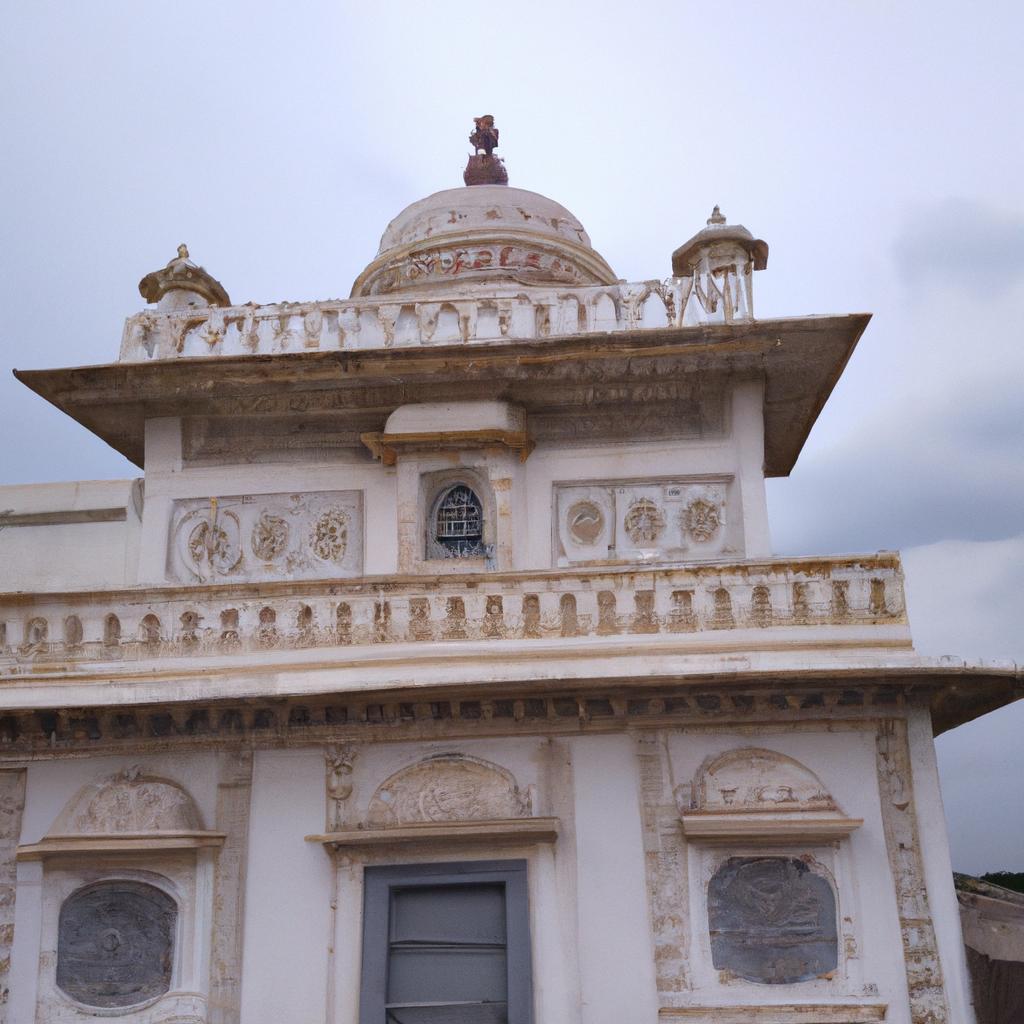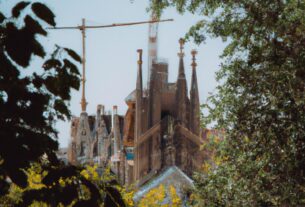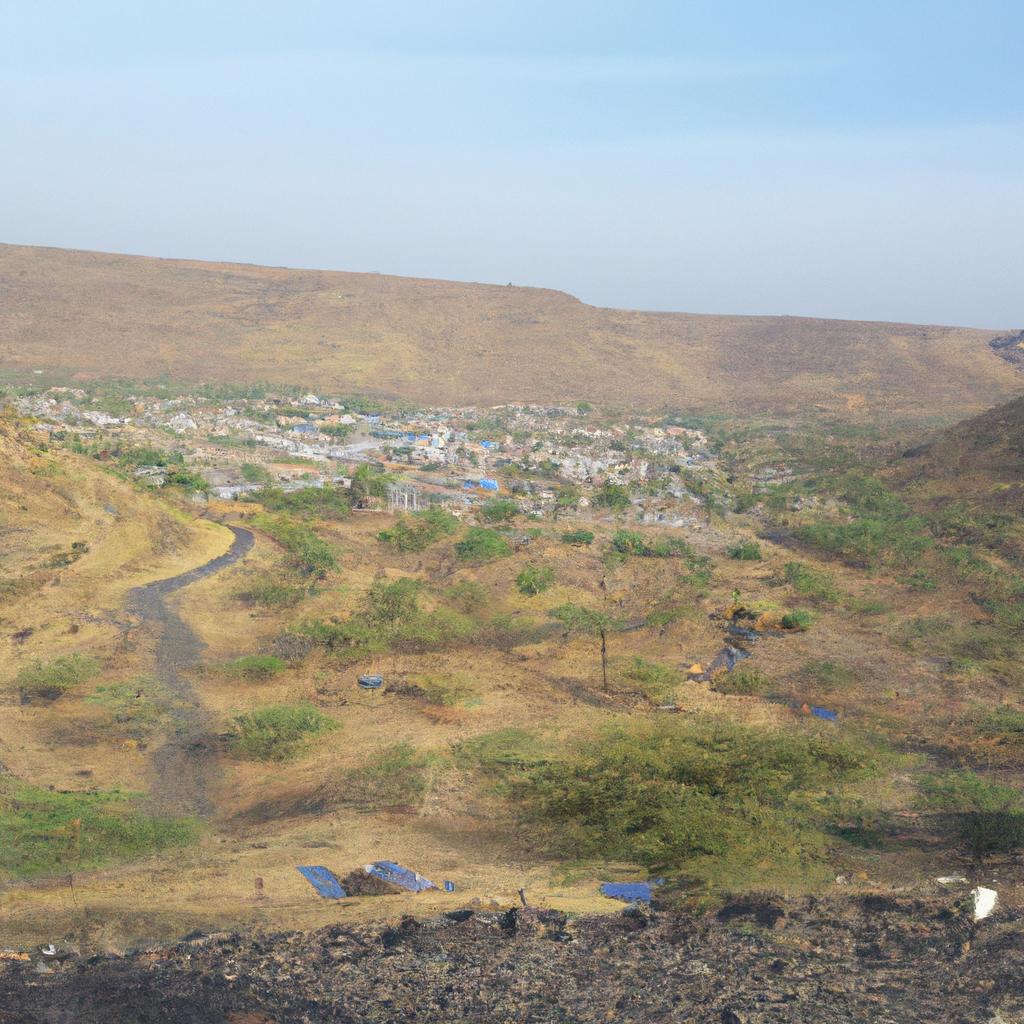
Tiebele, a small village nestled in Burkina Faso, has gained worldwide acclaim for its exceptional traditional architecture and cultural legacy. This hidden gem deserves a spot on your travel bucket list if you are seeking to immerse yourself in the beauty and history of Africa. In this article, we will take a deep dive into the captivating details of Tiebele, delving into its historical significance, architectural marvels, cultural implications, and the positive impact it has on Burkina Faso’s economy.
A Captivating Introduction to Tiebele, Burkina Faso
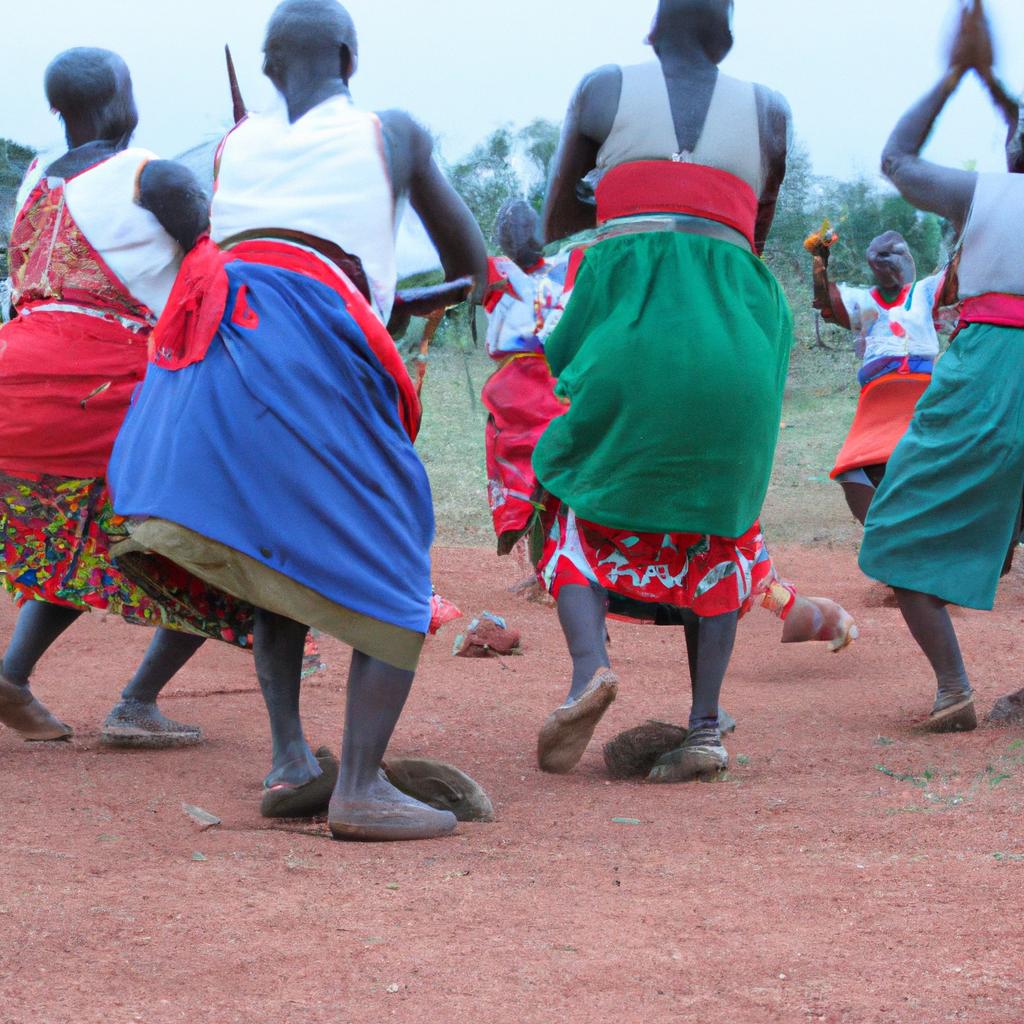
Located in the southern part of Burkina Faso, Tiebele is a village that is home to the esteemed Kassena people. Renowned for their extraordinary traditional architecture and art, the Kassena have turned Tiebele into an emblem of their rich cultural heritage. Today, Tiebele stands tall as one of the most significant cultural landmarks in Burkina Faso.
Unveiling the Importance of Tiebele as a Cultural and Historical Landmark
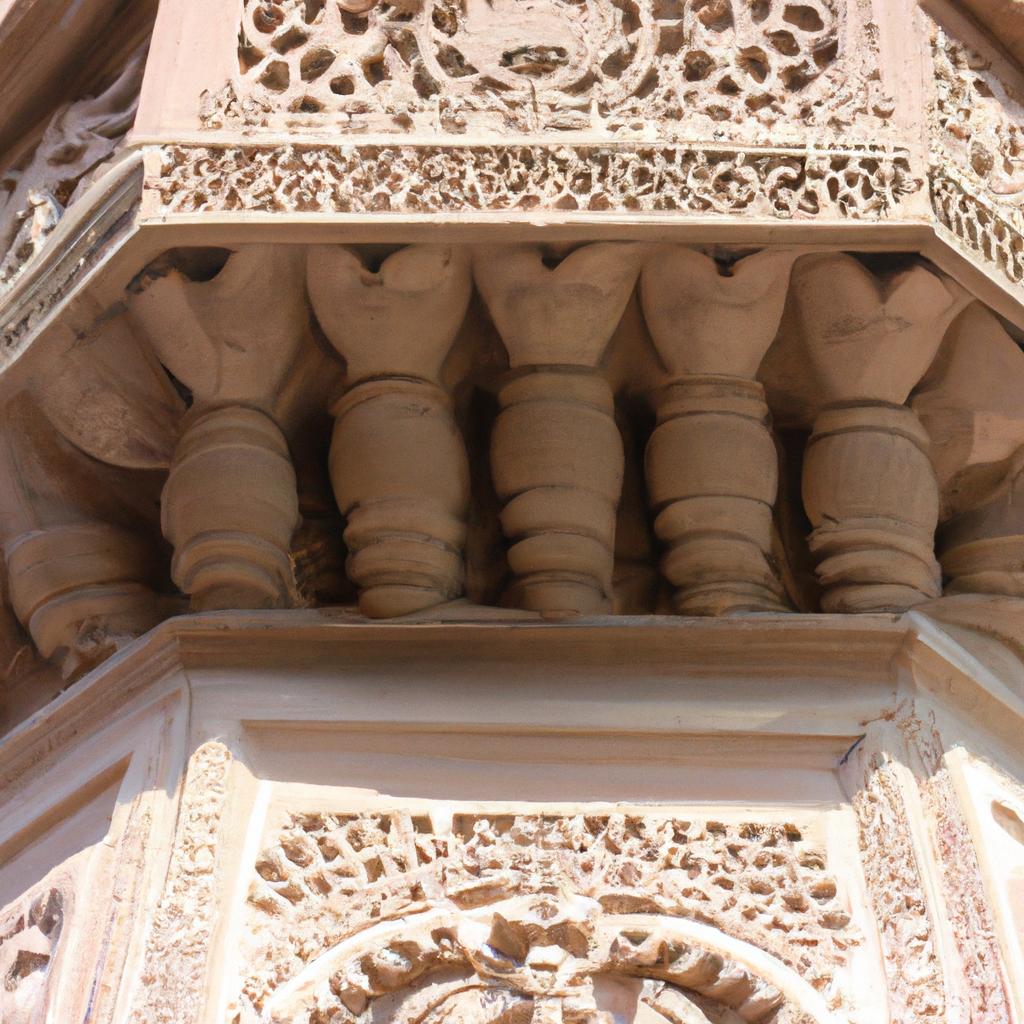
Tiebele is a testament to the Kassena people’s creative genius and resourcefulness. The village’s traditional architecture, adorned with intricate geometric patterns and symbols, has been passed down through generations. Tiebele is, without a doubt, a living museum that tells the profound story of the Kassena’s culture and history. Its architectural splendor has even earned it a spot on UNESCO’s prestigious World Heritage Site list.
An Overview of Our Journey Through Tiebele’s Deep Roots
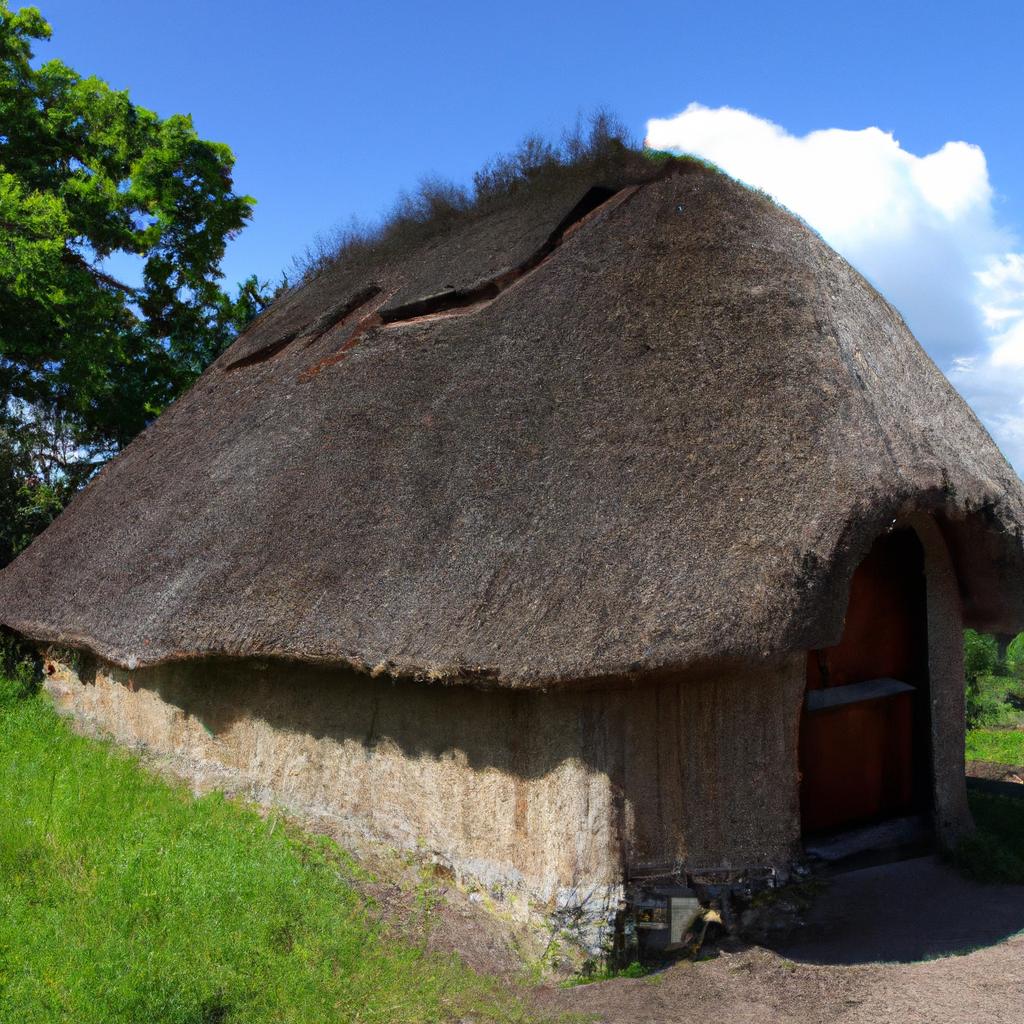
This article will take you on an enchanting exploration of Tiebele’s history, awe-inspiring architecture, cultural significance, thriving tourism sector, and remarkable economic impact. We will uncover the village’s origins, discover the traditional materials and techniques used in construction, unravel the unique features of Tiebele’s architecture and design, delve into the cultural and symbolic meanings behind the patterns, and shed light on its role in promoting Burkina Faso’s cultural heritage. Additionally, we will delve into Tiebele’s popularity as a tourist destination, its positive influence on the local economy, and the challenges faced in ensuring sustainable tourism development.
Unraveling the Historical Tapestry of Tiebele
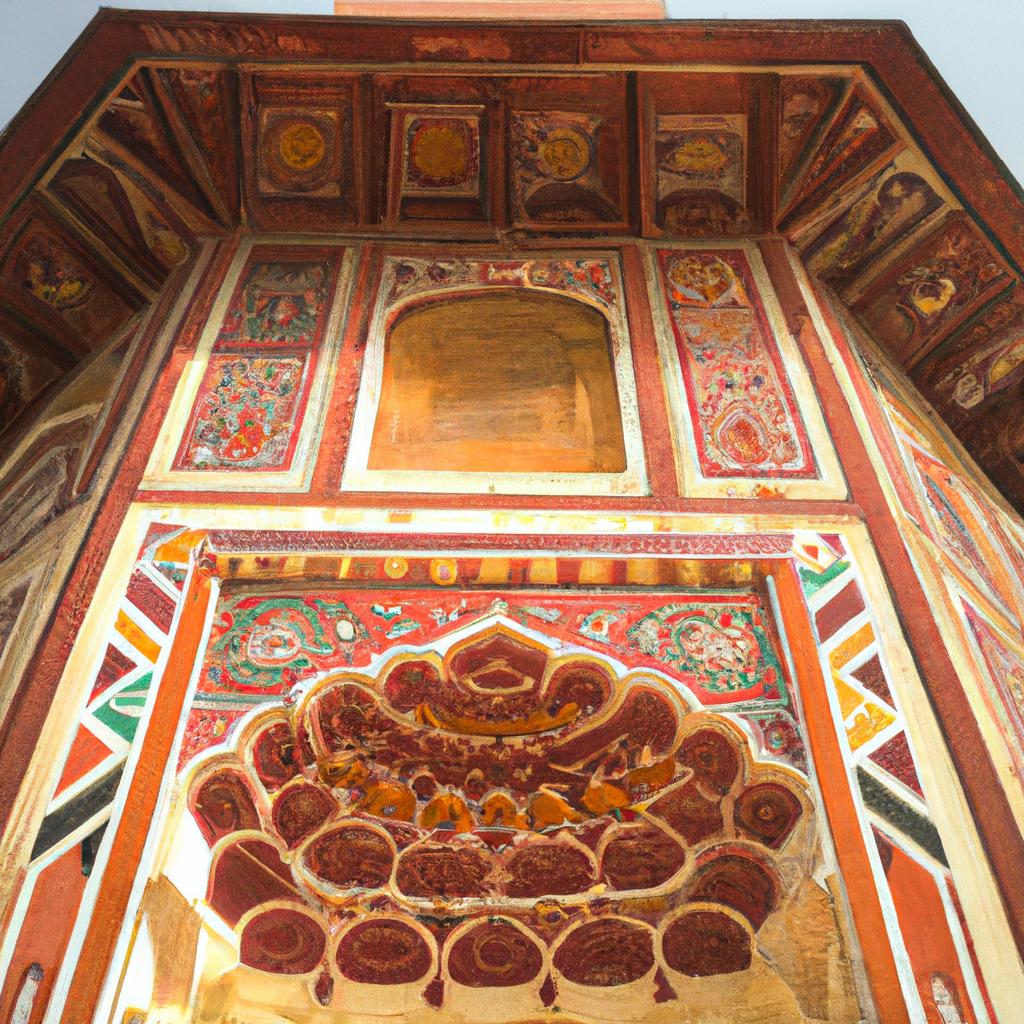
A. The Origins of Tiebele
Tiebele’s origins can be traced back to the 15th century when the Kassena people migrated from Ghana and made Burkina Faso their home. Over time, the Kassena developed a distinctive traditional architecture that beautifully combined their cultural and religious beliefs. Tiebele, built using age-old techniques, remains a crucial part of the village’s culture and identity.
B. Tiebele’s Significance in Burkina Faso’s History
Tiebele’s history is closely intertwined with Burkina Faso’s past. Despite facing invasions, wars, and colonization throughout history, the resilient Kassena people have managed to preserve their culture and heritage. Tiebele stands tall as a symbol of Burkina Faso’s rich cultural heritage, a source of immense national pride.
C. Preserving Tiebele: Efforts and Challenges
Tiebele’s traditional architecture, crafted from earth, wood, and straw, stands as a testament to the Kassena people’s ingenuity. However, this architecture is vulnerable to the elements. Recently, there have been commendable efforts to preserve Tiebele’s architectural wonders and safeguard its cultural heritage. The Kassena people have collaborated with local and international organizations to protect the village’s unique architecture and promote sustainable tourism. Unfortunately, challenges such as limited funding and infrastructure hinder these preservation endeavors. Nevertheless, the Kassena people’s determination, coupled with governmental and international support, will ensure that Tiebele remains a cherished cultural and historical landmark for generations to come.
Unveiling the Splendor of Tiebele’s Architecture and Design
Tiebele’s architecture showcases the creative genius and resourcefulness of the Kassena people. The village’s traditional buildings are constructed using locally sourced materials like mud, straw, and wood. The unique construction techniques employed in Tiebele have been passed down from one generation to the next, ensuring the preservation of the village’s cultural heritage.
A. Traditional Building Materials and Techniques in Tiebele
The Kassena people employ an architectural technique known as “earth architecture” to construct their homes and other structures. This method involves mixing clay, straw, and other organic materials with water to create a durable building material. The mixture is then molded into blocks, left to dry in the sun, and used to erect buildings.
In Tiebele, the walls of these extraordinary buildings are adorned with intricate geometric patterns and symbols. This decoration technique, called “sgraffito,” consists of incising patterns into the wall surface, revealing underlying layers of different colors. The resulting designs are visually stunning and serve both a decorative purpose and as insulation, deflecting heat.
B. Unique Features of Tiebele’s Architecture and Design
Tiebele’s architecture and design are truly one-of-a-kind. The buildings’ walls showcase a mesmerizing display of geometric patterns and symbols with deep cultural and symbolic meanings. These patterns are created through a combination of incising, painting, and relief techniques.
Tiebele’s buildings are also designed to thrive in the hot and arid climate of Burkina Faso. The thick walls and small windows help keep the interior cool while providing ample shade from the scorching sun. Natural ventilation further ensures a comfortable and pleasant living environment within these remarkable structures.
C. Cultural and Symbolic Meanings Engraved in Tiebele’s Designs
The geometric patterns and symbols gracing Tiebele’s architecture possess significant cultural and symbolic meanings. Many patterns draw inspiration from nature, such as the “fish scale” pattern, symbolizing the scales of a fish. Other patterns pay homage to everyday objects, like the “key” pattern, representing the key to a home.
The symbols showcased in Tiebele’s architecture hold great importance as well. For instance, the “scorpion” symbolizes protection against evil spirits, while the “ladder” represents the path to heaven. These symbols serve as powerful reminders of the beliefs and traditions cherished by the Kassena people, emphasizing the village’s rich cultural heritage.
Embracing the Cultural Significance of Tiebele
Tiebele is not just a historical and architectural masterpiece; it also stands as a cultural and spiritual hub in Burkina Faso. The Kassena people residing in the village embody a vibrant heritage, passed down through generations.
A. Tiebele: A Cultural and Religious Hub in Burkina Faso
Tiebele holds immense cultural and spiritual significance for the Kassena people. Within the village, several shrines and sacred places play host to a variety of religious and spiritual practices. Tiebele has also become a center for traditional art and crafts, including pottery, weaving, and woodcarving. Its cultural importance has earned it a place on UNESCO’s esteemed World Heritage Site list.
B. Traditions and Customs Alive in Tiebele
Tiebele’s distinguished reputation stems from its remarkable traditional architecture, which beautifully encapsulates the cultural traditions and beliefs of the Kassena people. The designs adorning the walls of Tiebele’s houses go beyond mere decoration; they serve as symbols of the Kassena’s cultural identity, beliefs, and values. The village’s annual festivals, such as the “Festival of the Sacred Cow,” form an integral part of the Kassena’s time-honored traditions.
C. Tiebele’s Role: Preserving and Promoting Burkina Faso’s Cultural Heritage
Tiebele plays a vital role in preserving and promoting Burkina Faso’s rich cultural heritage. The village’s traditional architecture and art have been lovingly handed down from generation to generation. Tiebele stands as a testament to Burkina Faso’s cultural diversity and abundance, attracting visitors from all corners of the globe who journey to witness and revel in the unique beauty of Kassena culture. The preservation of Tiebele’s heritage ensures that future generations can continue to appreciate and learn from the Kassena’s cultural traditions.
Tiebele: Where Tourism Meets Economic Impact
Tiebele’s cultural and historical significance has rendered it a sought-after tourist destination. Visitors flock to Tiebele from every corner of the world, captivated by its traditional architecture and eager to experience the vibrant Kassena culture and traditions.
A. Tiebele’s Rising Popularity as a Tourist Destination
Tiebele has experienced a remarkable surge in popularity as a tourist destination in recent years. In 2018 alone, the village welcomed over 10,000 visitors, marking a substantial increase from previous years. Tourists are magnetized by Tiebele’s exceptional traditional architecture adorned with intricate geometric patterns and symbols, each brimming with cultural and symbolic significance.
Tourists can explore Tiebele’s traditional houses, adorned with paintings made from natural pigments. They can also witness awe-inspiring traditional Kassena dances and music performances, immersing themselves in cultural events like the annual “Festival of Masks.”
B. The Positive Economic Impact of Tourism on Tiebele and its Surrounding Areas
Tourism has had a notably positive economic impact on Tiebele and its neighboring regions. The influx of visitors has created employment opportunities for the local community while driving demand for local goods and services, including accommodations, food, and souvenirs.
Tiebele’s tourism sector has also contributed to the preservation and conservation of the village’s cultural heritage. The revenue generated from tourism has been channeled into restoration projects and the upkeep of Tiebele’s traditional buildings and art.
C. Navigating Challenges and Ensuring Sustainable Tourism Development
While tourism has brought numerous benefits to Tiebele and its environs, challenges and concerns tied to sustainable tourism development arise. The surge in tourist numbers has strained the village’s infrastructure, raising concerns about its impact on Tiebele’s traditional way of life.
To address these concerns, initiatives promoting sustainable tourism development in Tiebele have been set in motion. These efforts aim to educate tourists about the village’s culture and traditions, foster responsible tourism practices, and actively involve the local community in tourism development.
In conclusion, tourism has significantly impacted Tiebele and its surrounding areas. While challenges surrounding sustainable tourism development persist, the positive economic influence of tourism has contributed to the preservation and conservation of Tiebele’s cultural heritage. TooLacks wholeheartedly encourages responsible tourism practices and supports dedicated efforts to advance sustainable tourism development in Tiebele.
A Fond Farewell to Tiebele, Burkina Faso

In summary, Tiebele, Burkina Faso, stands as a cultural and historical landmark that promises an unforgettable and enriching experience. Its traditional architecture, cultural significance, and positive economic impact make it an essential destination for anyone eager to delve into the history and splendor of Africa.
Tiebele’s cultural heritage holds immeasurable value, and its preservation is paramount. We urge visitors to respect the village’s customs and traditions, support local businesses, and embrace responsible tourism practices.
Ultimately, Tiebele is a treasure trove of cultural and historical treasures awaiting your exploration and celebration. We hope this article has provided you with a tantalizing glimpse into the beauty and wonder of Tiebele, Burkina Faso.
